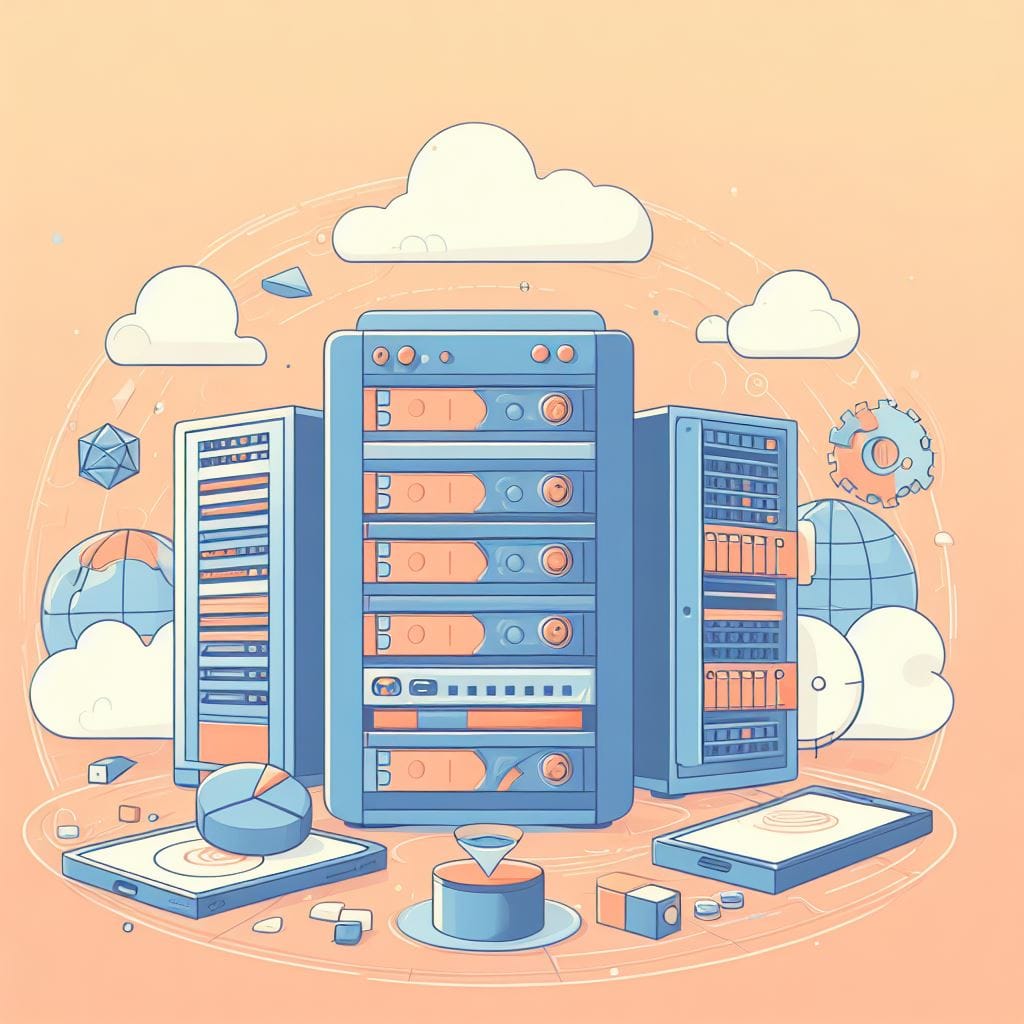Exploring Cloud Solutions for Artificial Intelligence (AI) and Deep Learning

Exploring cloud solutions for Artificial Intelligence (AI) and Deep Learning is a great idea as it can provide several benefits including scalability, flexibility, and access to powerful computing resources. Here are some steps you can take to get started:
- Understand Your Requirements:
- Define your specific AI and deep learning needs. Consider factors like the size of your datasets, complexity of your models, and the resources required for training and inference.
- Select a Cloud Provider:
- There are several major cloud providers like Amazon Web Services (AWS), Microsoft Azure, Google Cloud Platform (GCP), and others. Each has its own set of services and offerings for AI and deep learning. Research and choose a provider that aligns with your specific needs.
- Familiarize Yourself with AI/ML Services:
- Cloud providers offer a range of services tailored for AI and deep learning. These may include managed services for training and deploying models, pre-trained models, and APIs for specific tasks like image recognition, natural language processing, etc.
- Compute Resources:
- Understand the different types of compute resources available. For deep learning, you'll typically need access to powerful GPUs or TPUs for training.
- Data Management and Storage:
- Consider where your data will be stored and how it will be managed. Cloud providers offer various storage solutions including object storage, file storage, and databases.
- Experiment with Free Tiers and Credits:
- Many cloud providers offer free tiers or credits to get started. Take advantage of these to test out the services and get a feel for how they work.
- Choose the Right Tools:
- Select the tools and frameworks you'll use for development. Popular choices include TensorFlow, PyTorch, Keras, and scikit-learn.
- Set Up Development Environments:
- Configure your development environment to work with the cloud services. This may involve installing SDKs, libraries, and setting up authentication.
- Training and Deployment:
- Use the cloud services to train your models. Once trained, deploy them for inference. Understand the pricing structure and optimization techniques to manage costs.
- Monitor and Manage Resources:
- Keep an eye on your resource utilization to avoid unnecessary costs. Cloud providers often offer monitoring tools to help you track usage.
- Security and Compliance:
- Implement security best practices to protect your data and models. Understand compliance requirements if applicable to your domain.
- Stay Updated and Explore New Services:
- Cloud providers are constantly evolving and adding new AI/ML services. Stay updated with the latest offerings to leverage new capabilities.
Remember to also consider factors like cost, data privacy, and compliance requirements specific to your use case. Additionally, explore resources like documentation, tutorials, and communities provided by the cloud platform you choose, as they can be invaluable in your learning journey.



